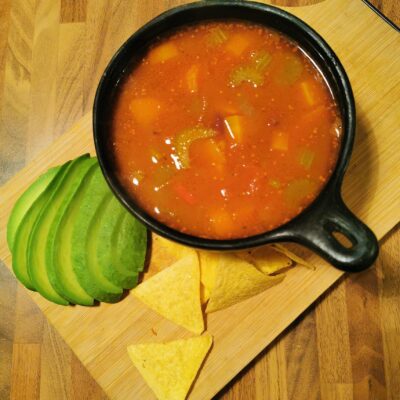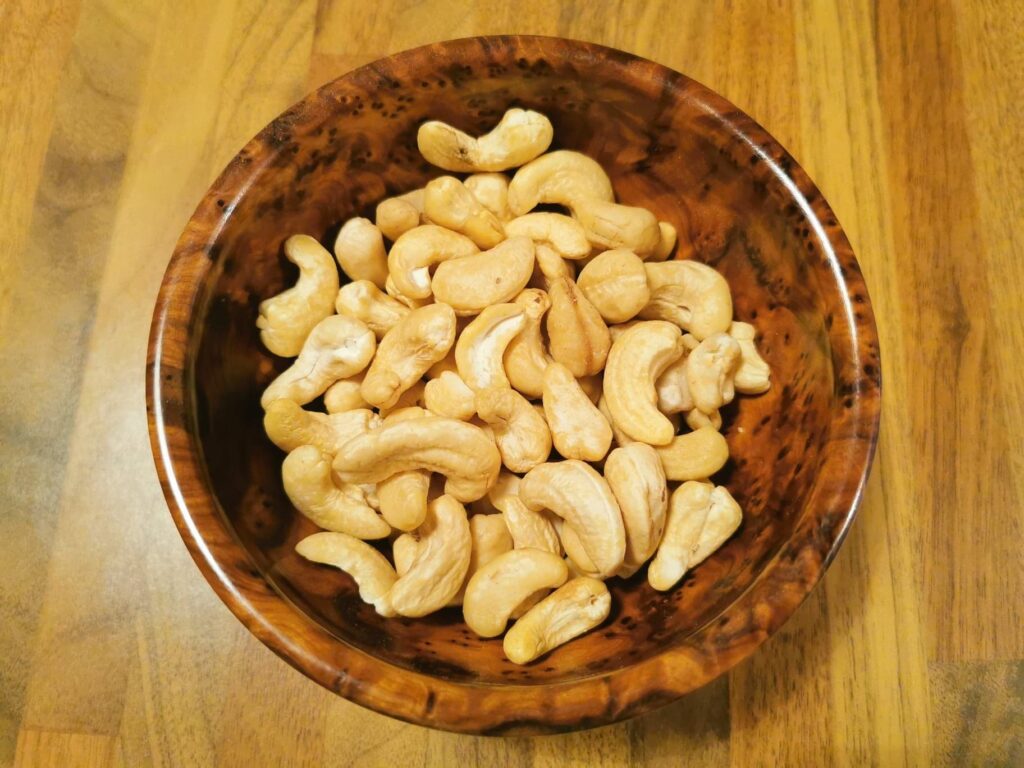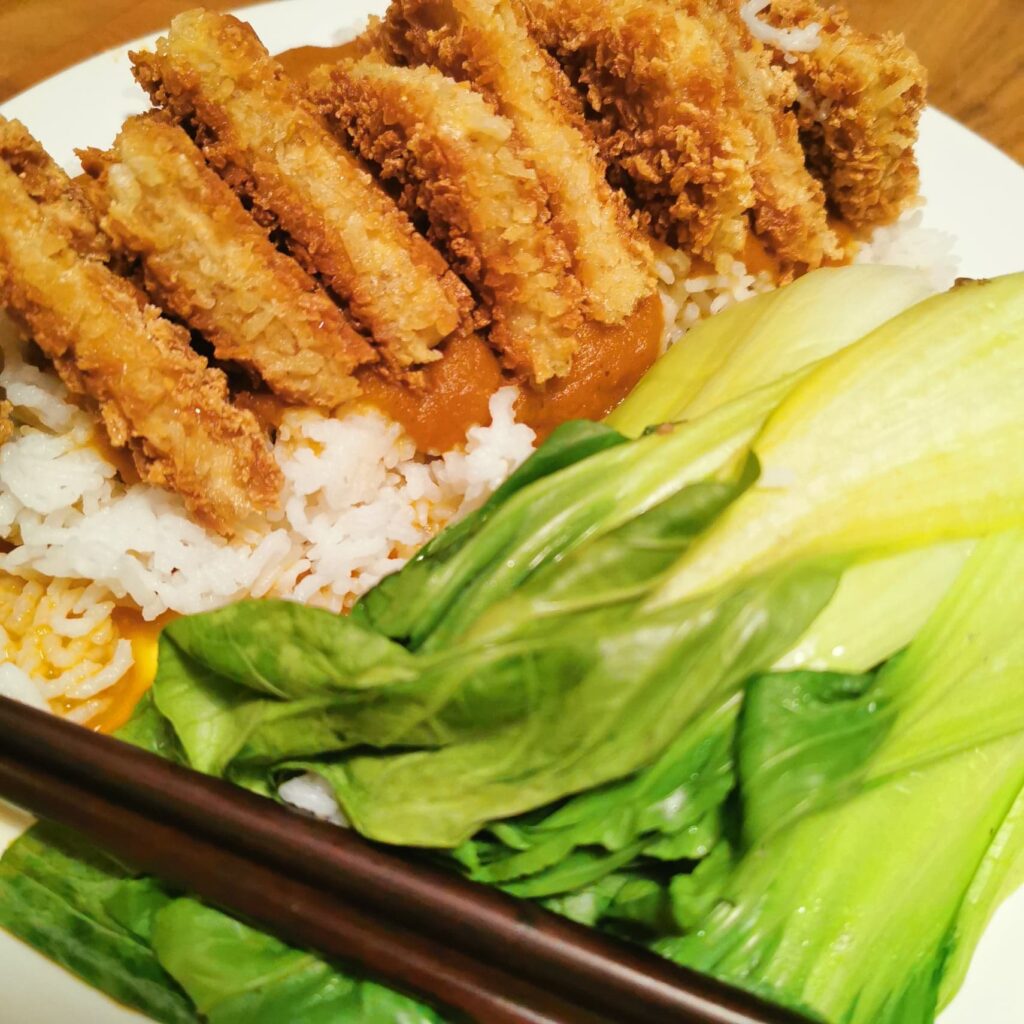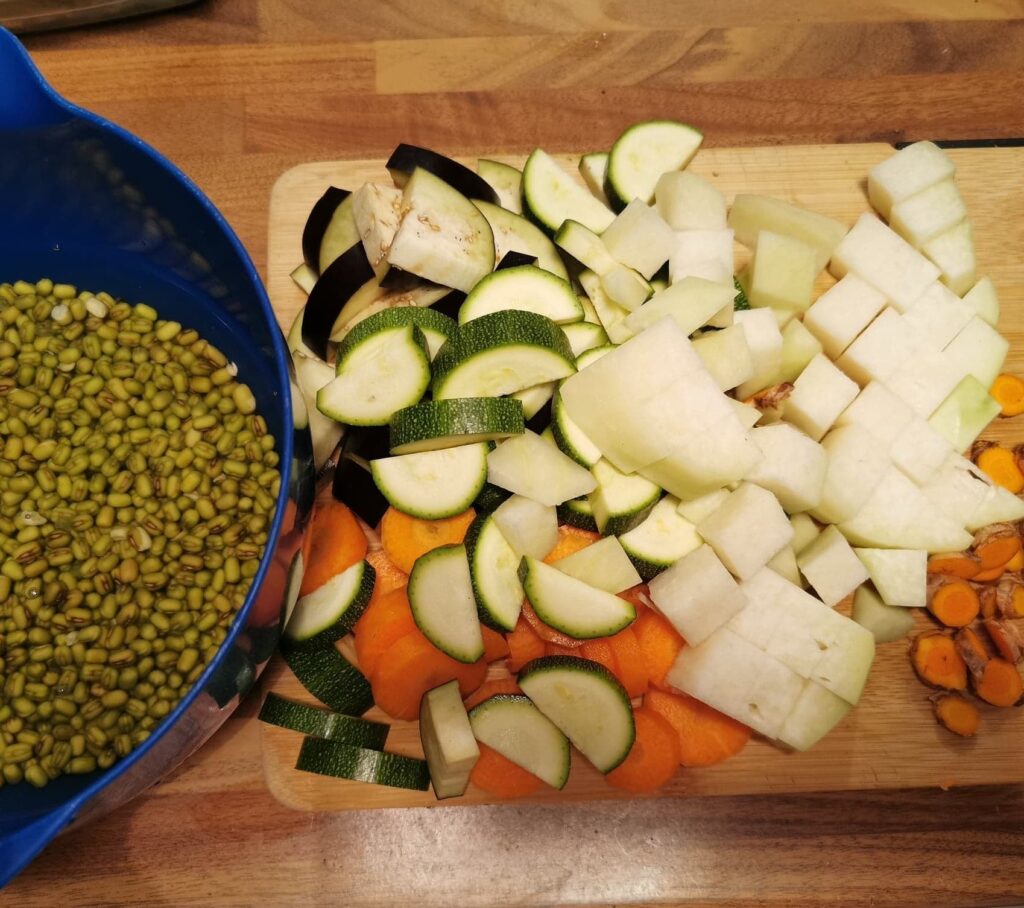
Want to reduce your impact on the environment, or just try something new? Here’s what you should think about when switching to a plant based diet.
What does ‘plant based diet’ mean?
‘Plant based’ encompasses any plant forward diet, ranging from flexitarian to vegan, but what does that mean and why are more and more people switching their diet to plant based? With the increasing climate emergency, many people, including David Attenborough are advocating diets lower in animal products as a way to decrease our impact upon the environment. Plant based diets focus on soya products, pulses, vegetables, nuts, seeds, and meat and dairy substitutes in place of animal products.
- Flexitarian: Focusing on cutting down animal protein consumption, concentrating on high welfare sources, rather than cutting it out entirely.
- Pescatarian: This diet cuts out meat, but contains fish, eggs and dairy.
- Vegetarian: No meat or fish products are consumed, but eggs and dairy are a part of the diet.
- Vegan: No animal products of any kind, including honey, are consumed. In many cases, products made from animals, such as leather and wool, are also avoided.
What about protein?
The main concern when giving up meat is getting enough protein. In fact, people often underestimate how easy it is to get protein as a part of a plant based diet; a vital part of every meal, it is essential for repairing muscles, building healthy cells, and balancing blood sugar. Good quality vegan protein is an essential, and easily accessible, part of a healthy plant based diet. Here are some examples of simple and enjoyable sources of plant protein.
Soya
The go-to meat replacer as it is cheap and versatile. Tempeh and tofu are both great sources of protein, and the soya beans can be enjoyed as young edamame or in soups and stews. Many plant based dairy and meat alternatives are also made with soya. It is worth looking into how the soya you purchase is sourced, as poor farming practices are, unfortunately, rife.
Pulses

My go to plant protein sources are mainly pulses, the edible seeds of plants in the legume family. They are cheap and work well in soups, stews and salads. Lentils are a great substitute for mince in lasagne or Bolognese, and chickpeas are fantastic in just about anything. If you are buying dried beans or chickpeas, soaking is a must. Check out our guide to pulses for more tips and tricks. A particular favourite of mine are mung beans, which make excellent dahls and are particularly tasty when sprouted and added to salads.
Peas
A bag of frozen peas is an essential in any kitchen. Frozen fresh and packed with nutrients, they can be chucked into just about anything as a last minute protein boost.
Grains
Often considered ‘just’ a carbohydrate source, grains can contribute to your protein intake. Brown rice, buckwheat, barley and oats can all be included in a vegan or vegetarian diet, and have lots of other fantastic properties, including being high in fibre and B vitamins. Quinoa is the star of the grain though, as it is not only high in protein, but is a rare ‘complete’ plant based protein (more on that later). I like to use quinoa as a base for warm salads, or in soups. I find it pairs particularly nicely with beetroot.
Nuts and seeds

All nuts and seeds are good sources of protein, but pay particular attention to hemp and pumpkin. Both hemp and pumpkin seeds are complete proteins, and can easily be added to just about every meal or snack.
Spirulina
Another complete protein, spirulina is actually a blue-green algae. Available in powdered or tablet form, it is usually added to fruit juices or smoothies to mediate its, shall we say, ‘interesting’ flavour.
Vegetables
Surprisingly, many vegetables are excellent sources of protein! Sweetcorn, broccoli, kale and asparagus are not only tasty and packed full of vitamins, minerals and antioxidants, they also help to boost your protein intake!
Plant based protein powders
Protein powders are widely available, and can easily be added to soups, smoothies and porridge. This is another great way to embrace the complete protein found in hemp seeds.
Plant based yoghurts and milks
Manufacturers are now paying particular attention to the protein levels in plant based yoghurts and milks. Yoghurts and milks made from coconut, almond, hemp, oat, or soya are widely available in supermarkets. Hemp, oat and almond milks go well in tea, and most coffee shops now stock almond, oat and soya as a dairy free alternative. Hazelnut, macadamia and chufa (tiger nut) milks all work particularly well in coffee, and taste as though a flavouring syrup has been added.
Why combine proteins?
Unfortunately, plant proteins are not usually ‘complete’. This means that they do not contain all 9 essential amino acids that the body cannot produce itself. In order to ensure your body is getting all the amino acids it needs to produce healthy cells, it is important to combine different plant proteins to build complete proteins. Quinoa, hemp seeds, pumpkin seeds, and soybeans are the exception to this rule, and are complete on their own. Some good plant based protein combinations are beans and rice, barley and lentils, and oats, nuts and seeds.
Beans and rice are simple to combine in chilli, soups and stews. Barley and lentils make a delicious soup when combined with seasonal vegetables. Combine oats with nuts and ground seeds to make a simple hot porridge or overnight oats; this is also a good place to up your fruit intake.
Plant portion sizes

It is important to remember that plant based proteins also contain carbohydrates and fibre, this means portion sizes are slightly larger than for animal proteins. Aim for a scooped handful at each meal.
Plant based diets should be packed with vitamins!
A plant based diet can be naturally low in certain vitamins and minerals, it is therefore vital to ensure particular attention is paid to including foods rich in these nutrients.
B12
Vitamin B12 only occurs naturally in animal foods, however most plant based yoghurts and milks are fortified with it, as is nutritional yeast, which can be used as a seasoning or as a substitute for parmesan. Although it is possible to include B12 in a plant based diet, it is advisable to supplement with it long term.
Omega balance
Omega 3 levels can easily be dwarfed by omega 6 levels in a plant based diet, as most nuts, seeds and grains are higher in omega 6. The ideal omega 3:6 ratio is 1:4, so concentrate on omega 3 rich foods such as walnuts, chia seeds, flaxseeds (ground or oil), hemp seeds, edamame, seaweed and algae. As omega 3 is such a vital part of the diet, this is also worth supplementing long term.
D3
Vitamin D3 can be found in mushrooms, and is also fortified in plant based yoghurts and milks. Sunshine is really the best source of vitamin D, so in the UK it is good practise to monitor your vitamin D levels with your GP, and supplement as necessary. Mushrooms are very high in vitamin D. Here’s a tasty recipe for walnut and mushroom pate.
Calcium
Calcium can be found in green leafy veg such as collard greens, broccoli, kale, pak choi, okra and spring greens, almonds and chia seeds as well as oranges and figs. Most plant based yoghurts and milks are now also fortified with calcium. Seeds and nuts such as almonds and chia seeds are a good source. Chia pudding is an underrated replacement for a creamy dessert, is high in protein and omega 3, and it is easy to make at home.
Iron
Iron is easily included in a plant based diet, good sources include lentils, chickpeas, beans, tofu and tempeh, cashew nuts, chia seeds, ground flaxseed, hemp seeds, pumpkin seeds, kale, dried unsulphured apricots and figs, raisins, and quinoa.
Other plant based alternatives
A major part of giving up meat and dairy is finding healthy and enjoyable alternatives.
Vegan ‘cheeses’ are becoming increasingly popular. These are usually made from either soya, coconut or cashew nuts. These are heavily processed (and expensive) and should be enjoyed in moderation.
Dairy free ice cream is delicious! It is also very easy to make your own from frozen bananas and cinnamon, or coconut milk and your choice of flavouring; Just blend together and freeze. Companies like Booja Booja and Alpro also make incredibly indulgent vegan ice creams.
Single and double cream made from oats or soya can be used as a replacement for dairy creams. Butter can be replaced with coconut oil or a smear of smashed avocado.
There is a wide variety of processed meat alternatives from sausages to burgers, mince to nuggets, and everything in between!

What ever your reasons for changing your diet, remember to take your time. Change must be manageable to be sustainable. Don’t rely too heavily on processed alternatives, as they are still junk food. Experiment with as many of the different things listed above as possible, and enjoy your plant based adventure!

